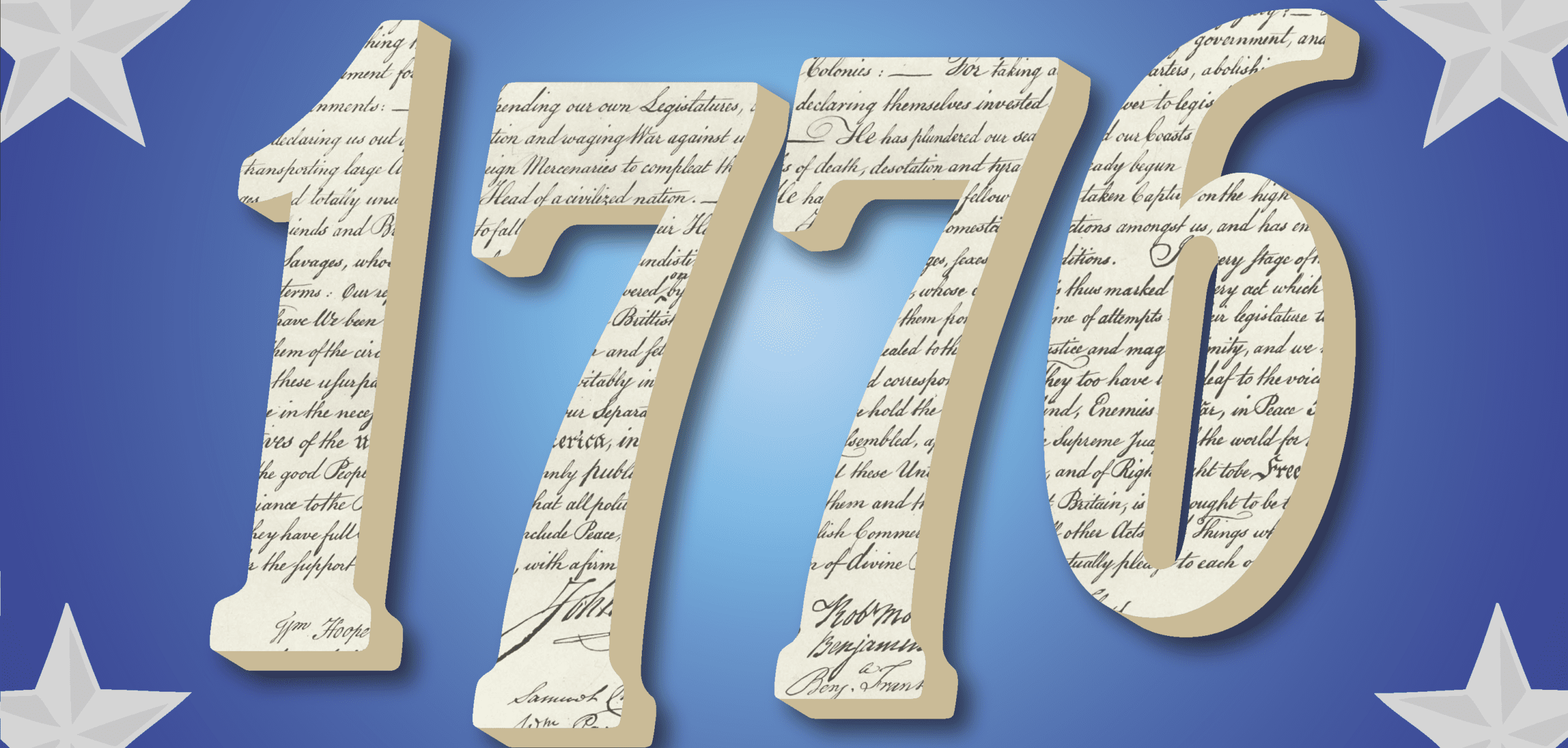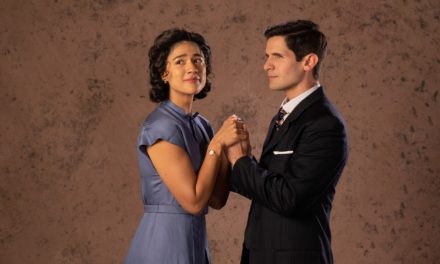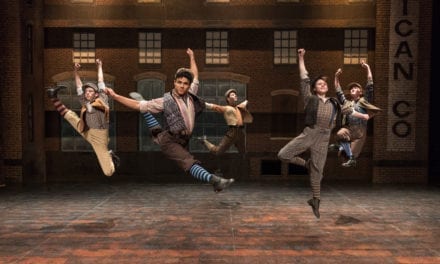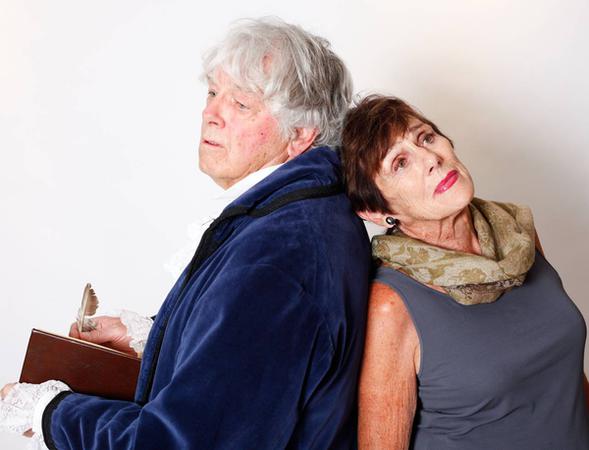OGDEN — 1776 is not a show I have seen produced very often, partly be due to the fact that finding over two dozen men to be in a show can be quite the challenge. However, this show is a wonderful addition to the Utah summer season, especially considering the celebration of the nation’s independence and the reminder this script gives of how that independence happened.
1776 (with a book by Peter Stone and music and lyrics by Sherman Edwards) tells the story of the discussions held by the Continental Congress prior to the approval of the pursuit of independence and the signing of the Declaration of Independence. The first thing I would commend about this production is the page of historical facts in the program. I have learned over the years to expect some literary license with historical dramas, but I do appreciate having an understanding of what parts of the story are based in fact. The information in the program made the show more enjoyable and interesting for me.
I also enjoyed the costumes, which were created by a team of costume designers including Jacci Florence, Jim and Wendy Tatton, and Penny Hepworth. The costumes were a great reflection of the aristocrats of the time period, yet the courier and custodian were distinctly different, as would have been the case in the year 1776. Also, wig specialist Andrea Scanion created the amazing wigs used in this show. Because many of the characters, such as Ben Franklin, Thomas Jefferson, and John Adams, are people whose images are in history books as well as in pocket books, getting the appropriate look relies heavily on having appropriate wigs. Scanion did a fabulous job at bringing these characters to life in a believable way.
As a whole, the cast strong. The opening number “Sit Down, John,” through the strong stage direction by Leslie Richards, communicated a lot of important points of the play because of the ease in which the company acted together. During the song there are many refrains requesting someone to open a window because of the heat, and it created a strong sense of reality that in the time of no air conditioning, sitting in a building dressed nicely in June would be a very difficult and tedious task. This song, and many others, also showed the sophisticated musical talents of the ensemble, which is also a product of the Richards’s direction. Choreography during this show was minimal; however, the few numbers that required it were amusing and well directed by Leslie Richards, Morgan Richards, Ryan Paskins, and Scott Henderson.
There were a few things within the production that needed fine tuning. Several of the actors were struggling to remember lines, and there was difficulty in executing the musical cues and entrances quickly. I commend Andrew J. Cole (in his performance as John Dickinson) for not only playing a complicated, misunderstood character, but for also having some skills in improvisation that were able to repair some of the missed cues of other actors. Cole also was able to develop a sense of empathy for his character, which can be a challenge when playing a character in historical drama that the audience knows ends up on the wrong side of history.
The song “Molasses to Rum,” sung masterfully by Scott Palmer playing Edward Rutledge, was a highlight of the evening. His performance was emotionally driven, and helped me understand just how intertwined the concept of slavery and the building of America was.
Throughout the story the audience hears how John Adams (played by Caleb Nelson) was disliked in congress. Yet, as an actor Caleb Nelson did not create a sentiment of dislike, but instead a deep empathy for the plight of his character. That, along with his relationship with his wife, Abigail Adams (played by Chelsea Nelson), gave me a desire to see his dream and wish of independence come true. I enjoyed the performance of Chelsea Nelson, and how she brought a sense of humanity to the show, helping remind the audience that these historical figures also had lives and small every day cares, just as people do today.
Finally, J. Michael Stevens was a show stealer with his portrayal of Benjamin Franklin. Not only did he look the part thanks to the excellent wig, costumes, and makeup, but he seemed to embody just what I would imagine Franklin would have acted like. Each time he came on stage—especially when he was trying to help convince others of the congress to join the cause for independence—Stevens created precisely the type of charismatic and influence figure that would remain famous and today.
There are a lot of wonderful community shows each summer, and Utah is lucky to have such a strong theatrical presence. However, it is not often that a production also serves as a reminder of the reasons of starting July eating at barbeques, celebrating with parades, and enjoying fireworks. Terrace Plaza Playhouse has developed a fine production that is an excellent way to celebrate this time of year.






